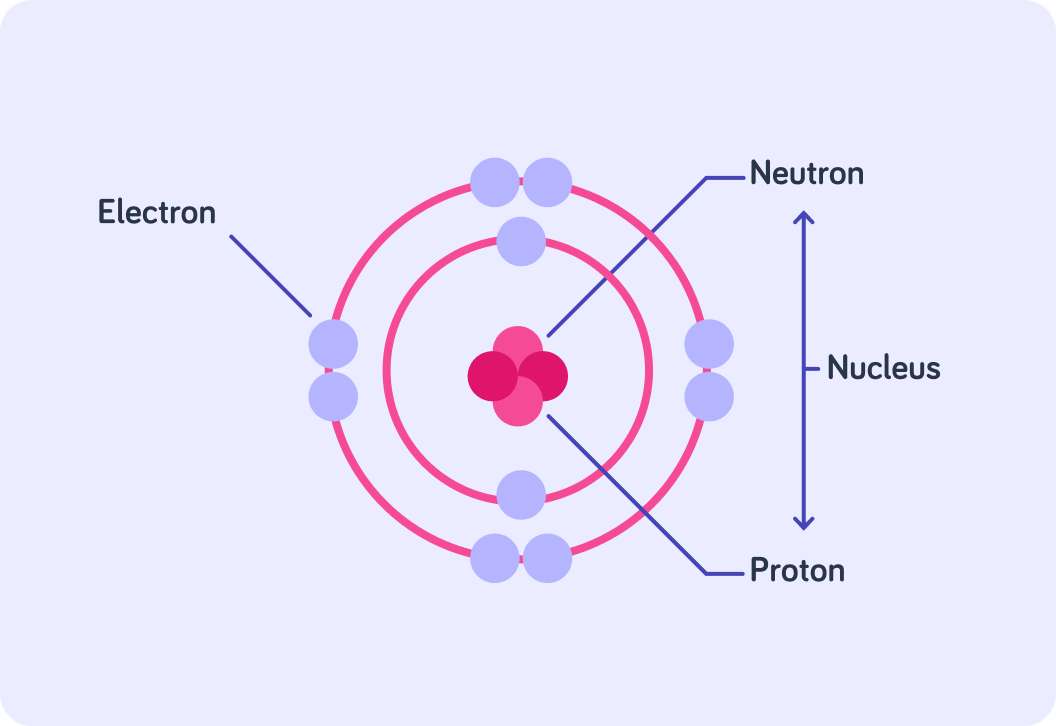YOU ARE LEARNING:
Positive and Negative Charges

Positive and Negative Charges
The 3 particles that make up an atom add up to be of neutral charge. Protons are positive, electrons are negative and neutrons are neutral! Charged particles exert a non-contact force on each other, where opposites attract and like charges repel.
Jack is struggling with his homework on subatomic particles and asks you for help. Which of the following are types of subatomic particles? Select all the correct options from the list below.

You can select multiple answers
The next question Jack asks you is about the charge on protons. You have to state which charge a proton has.


Jack has read that the other subatomic particle found in the nucleus is the neutron, but he is unsure on the charge of this. Is it positive, neutral or negative?


Jack sees that there is one type of subatomic particle left - electrons. If protons are positive and neutrons are neutral, then what charge might electrons have?


Jack thinks that atoms in their normal state have no overall charge. Is that correct?

There are 3 subatomic particles, protons (positive charge), neutrons (neutral charge) and electrons (negative charge).
Protons and neutrons are found in the nucleus of the atom. Electrons orbit around the nucleus in shells. In a natural state, there are the same number of protons and electrons, meaning that atoms have no overall charge.
Jack is playing with magnets and brings two north poles together, what will happen to the magnets?

Jack's mother sees what he is doing and tells him that charges act the opposite way. Similar charges attract each other, whilst opposite charges repel each other. Is she correct?

Jack wants to show his mother that she's wrong, so he fetches a balloon. He rubs the balloon on her head and immediately afterwards sticks it to the wall. What causes the balloon to stick to the wall?

Jack's mother is still sceptic, so Jack thinks up one more demonstration to try to convince her. He takes a plastic rod and rubs it with a cloth before holding it over small pieces of paper. What do you think happens to the little pieces of paper?

Charged objects exert a force on each other. Similar charged objects repel each other and oppositely charged objects attract each other.
You can alter the charge of an object by adding or removing electrons. If you add electrons, the object will have a negative charge. If you remove electrons, the object will have a positive charge.
Jack's mother thinks Jack is playing a trick on her, but if she looks closely, will she see that the rod needs to touch the paper in order for it to be attracted to the rod or not?

The attraction and repulsion forces of charged objects do not need to be touching to be attracted or repelled. They are what is known as non-contact forces. As long as they are close to each other, they will act.
